IMPOSING COMETS
Added on: 29th Jul 2016
SEKI-LINES (1962)

Initially visible from the southern hemisphere, Seki-Lines
brightened rapidly as it approached perihelion on April 1.
It was the brightest comet that year and one of the
brightest of the last century.
AREND–ROLAND (1956)
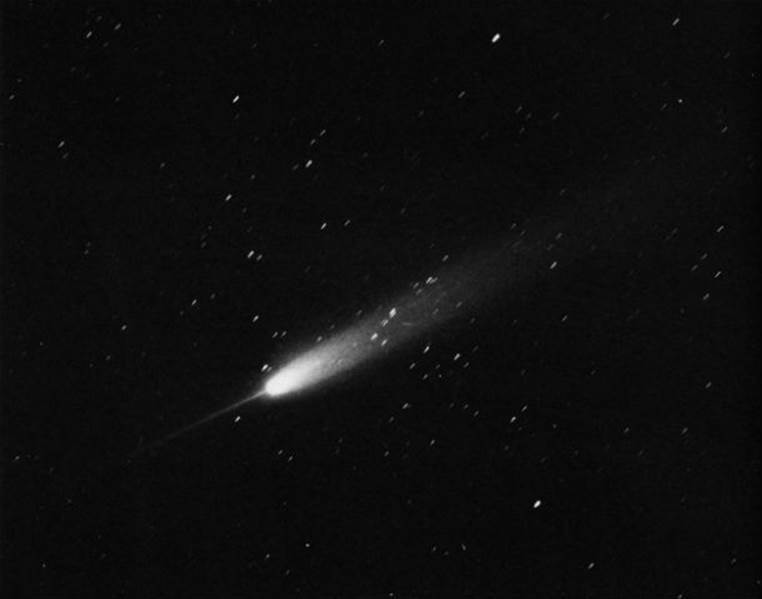
Visible only from the southern hemisphere during the first half
of April, Arend–Roland was discovered on November 8, 1956,
by Belgian astronomers Sylvain Arend and Georges Roland on
photographic plates. As the eighth comet found in 1956, it
was named Arend–Roland 1956 after its discoverers.
ECLIPSE COMET (1948)

The Eclipse Comet of 1948 was an exceptionally bright comet
discovered during a solar eclipse on November 1, 1948.
Although there have been many comets that have been
seen during solar eclipses, the Eclipse Comet of 1948
is considered the best known.
VISCARA (1901)

The Great Comet of 1901, sometimes known as Comet Viscara,
was a comet that became bright in spring of that year.
Visible exclusively from the southern hemisphere, it was
discovered on the morning of April 12, as a naked-eye
object of second magnitude with a short tail.
MCNAUGHT (2007)
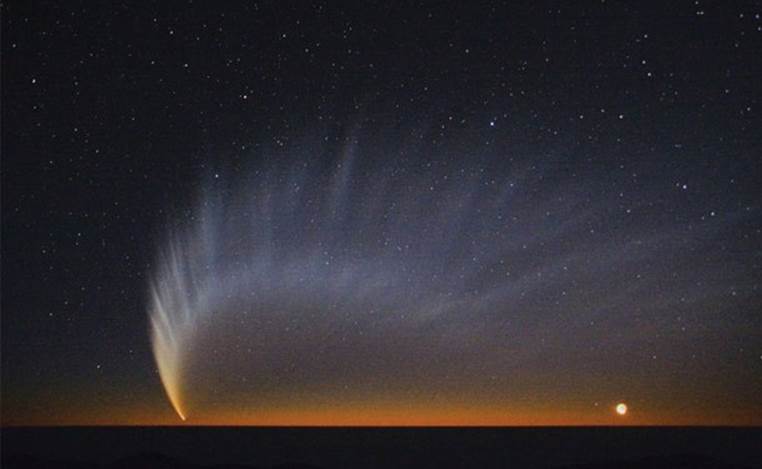
Comet McNaught, also known as the Great Comet of 2007, is a
non-periodic comet discovered on August 7, 2006, by
British-Australian astronomer Robert H. McNaught using the
Uppsala Southern Schmidt Telescope. It was the brightest
comet in over forty years and was easily visible to the
naked eye for observers in the southern hemisphere in
January and February 2007.
HYAKUTAKE (1996)
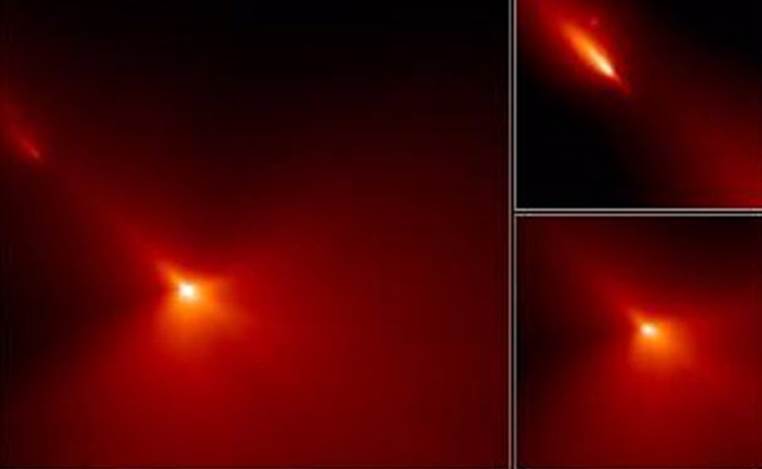
Comet Hyakutake is a comet discovered on January 31, 1996, that
passed very close to Earth in March of that year. It was dubbed
“the Great Comet of 1996,” and its passage near Earth was
one of the closest approaches of the previous two hundred years.
WEST (1976)
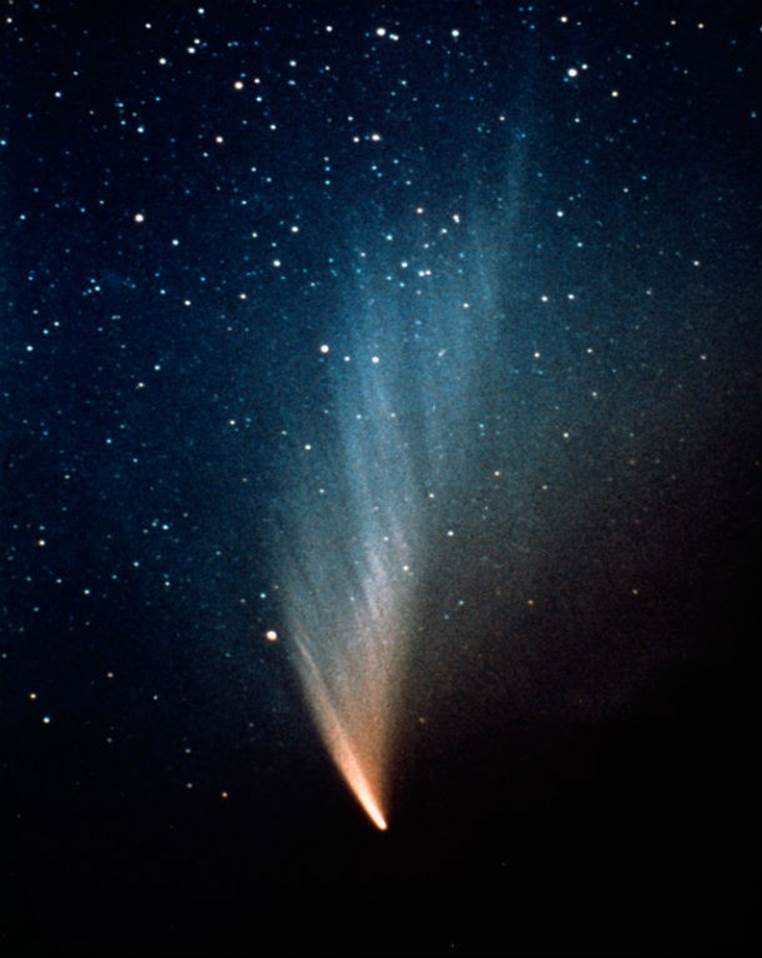
Comet West was a breath taking and eye-catching comet,
sometimes considered to qualify for the status of “great comet.”
IKEYA-SEKI (1965)
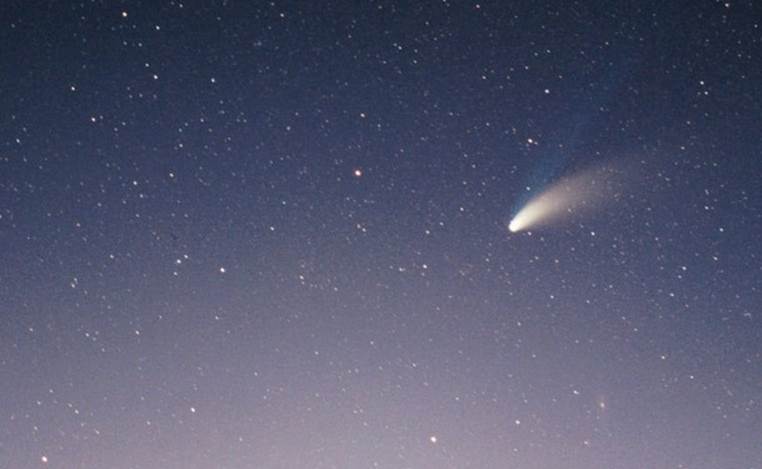
Also known as the “great twentieth-century comet,” this
showstopper was the brightest comet of the previous century,
visible in full daylight within a few degrees of the sun.
According to Japanese observers it appeared to be about
ten times brighter than a full moon.

Comment on this